-
Posts
58 -
Joined
-
Last visited
Content Type
Profiles
Forums
Gallery
Downloads
Blogs
Events
Store
Aircraft
Resources
Tutorials
Articles
Classifieds
Movies
Books
Community Map
Quizzes
Posts posted by vk3awa
-
-
The cooling of the fine finned heads is not normally an issue. If the engine has the old style broad finned heads then why not upgrade to Jab fine finned heads rather than Liquid Cooled Heads.Could Rotec LCH be the remedy? Any first hand knowledge out there? -
Theoretical Scenario Lets say that if there was a problem in the inherent design of some hydraulic engines that caused through bolt failures due to mechanical valve timing not being the optimum. This poor valve timing could cause detonation, then crankcase halves fretting then through bolt failure. The poor valve timing could also allow valve overlap where combustion gases are allowed into the inlet port causing build up on the valve stems, eventually build up on valve stem causes valve to jam in guide, piston hits valve......catastrophic engine failure. (Not with the latest pistons with valve relief) I'm not saying this is what's happening, its just a theoretical scenario that points out that no matter how well an engine is maintained, if there is an underlying design fault, the best maintenance practices may not prevent failure caused by the design fault.
-
 1
1
-
-
My choice would be a Lycoming 235 in my Jabiru. I think there was some talk of someone installing these engines in Jabiru aircraft. Not sure if it ever transpired.For those Jab Owners that are interested in upgrading their respective aircraft to the Rotax 4 stroke engine, well there is good news on the horizon, so don't think you have a boat anchor.Some years ago Bill Whitney -Aeronautical Engineer in Brisbane compiled an STC for installation firewall forward of a 4 stroke Rotax engine into a Jabiru airframe & this STC was approved by CASA. Several Jabirus owners went ahead with this modification, after which there was a saying going around in aviation circles as follows: "If you had a Jabiru with a Rotax engine then you had the best of both worlds".-
 1
1
-
 2
2
-
-
I see on FaceBook that Rod Stiff and Sue Woods have arrived in Canberra with Legal representative to attend a meeting with Casa tomorrow morning.
-
 1
1
-
 4
4
-
-
The first version of the J170 can exceed aft C of G limit if the baggage loading limits are not carefully adhered to.I haven't looked at the J170 but I have on the J230D and from zero fuel to MTOW (and not exceeding station limits and MTOW) you will not be outside the flight envelope. My guess is that the J170 would be the same but do the cals as it is only a guess.I don't know about the 4 seat VH Registered version but they are a J430 (or similar class ) anyway and 700kg MTOW.The J230 has a broader W & B envelope.
-
W & B calculations require the initial empty weight and moment arm as a starting point. (Different for each aircraft - check your maintenance logbook)
Once this data is entered then it becomes a reference point for all other data calculations. ie pilot/fuel/luggage weights & moment arms.
Rather than clutter up this thread, if you require further help with entering the correct figures in Ozrunways send me an email and I will give you a hand.
Cheers
Daryl
-
"Another post mentioned 'fretting' (galling?) on the case halves' faces, that means lateral movement must be taking place. Are these case halves not dowelled? If they're not, and they're relying on the bolts to prevent lateral motion I would say that the bolts could develop harmonic vibrations because they're not a reamed and tight fit I imagine (?) and if they're vibrating and high tensile be a likely reason for them to fatigue and snap even if they're well enough sized to satisfy the initial bolting forces required."
I think you are on the money.
1. It was a rare event for solid lifter engines to break through bolts or fret crankcase halves.
2. With the introduction of hydraulic lifter engines, through bolts were breaking and crankcase halves were fretting with some regularity. (Usually after 300+ hours of operation (first generation hyd. engines))
Jabiru have done a great job in developing a fantastic Australian product. I'm sure they have the best intention when making changes in both airframe & engine in the name of developing a better product.
They don't have a sqillion dollars to spend on development and at times have released a product out into the wide world, that with time, has proved to be not as good as they had predicted.
Welcome to the R&D department.
PS the crankcase halves are dowelled but much more attention is given during engine rebuilds (and I would expect new engines) in having a closer tolerance fit.
-
 1
1
-
 1
1
-
-
Motz,Unfortunately not only acceptable....Required by AD.This latest one comes about 150 hours since the "mandatory' change of the nuts. Id bet my hat the stud would NOT HAVE SNAPPED if it was left alone.Unfortunately my "educated guess" is the bolt possibly would have.
The root cause of the bolt failures is probably not the bolts or nuts.
The 12 point nuts were implemented to stop through bolt failure....do they.....in your experience (and others) Unfortunately not.
I'm a cynic so I will go out on a limb and say the 12 point nuts may have been implemented to appease authorities.
-
Apologies J170 Owner.....you did post a question.
As we all know, Jabiru have had many variants in the evolution of their engines. With some of these variants sometimes a change in long term reliability occurs. As an example, the change from solid lifters to hydraulics utilising the existing 330 degrees cam, in hindsight, may not have been a great move. It probably caused many problems, some of which are still being suffered today....ie broken through-bolt perhaps. Over time, the hydraulic lifter production engine has been changed by the factory to address issues and try to get some long term reliability back into their engines. As some of the older engines time expire, for whatever reason, my belief is we should see an improvement in reliability with perhaps the possibility of seeing 1000 hour TBO's without major issues being the norm.
I'm a long time Jabiru builder/owner/pilot/L2 (I am still flying my 3300 taildragger Jabiru I started building in 2001) I am certainly a fan but have a fair insight into some of the engine's limitations/shortcomings. (depending on variant)
The piston circlip issue you mention is another story.
73's VK3AWA
-
 4
4
-
-
I have to say I'm staggered by this off the cuff comment......I'm hoping it was tongue in cheek. "Looking after an engine better" is not going to stop failures due to inherent design problems.Look after the engine better?-
 6
6
-
-
Shell 100W+Q to anyone that was there - I had to leave half way through: The 'usual' oil is Shell Huile Aviation 20w-50w. Did Keith mention an alternative? -
I agree with Adam. Very important to check wheel alignment with the emphasis on toe in/out. You did mention it was hard to keep directional control with the tail up.
I had a similar issue with my jabiru taildragger until I aligned the mains.
Cheers
Daryl
-
Is bizillion more or less than giziilion? .... G'day Brent.

-
Kev,
There are a few ham/aviators here in Gippsland.
I'm not really active except for "computer" modes. I have a "listen" on EchoLink (VOIP). I run APRS in the car and the Jabiru. See my webpage (Daryl's Web Page) to check out my whereabouts on APRS.
Good luck with the aviating.
CHEERS
Daryl de VK3AWA
-
J160 - First Flight
Congratulations.

-
NICE VIDEO
Enjoyed the video. Where was it shot?
Cheers
Daryl
-
-
-
Hi All,
Anyone got a recommendation for an insurance company that provides reasonably priced hangar liability insurance. I have my hangar on leased land from the local shire. Part of the lease agreement requires me to have $10,000,000 liabilty insurance.
Jeeez talk about user pays!
THANKS
Daryl
-
OK,
Over a couple of days I have had no reply to my original posting. This may indicate that there is a possibility there has not been a lot of attention given to this area during routine maintenance. I have to say, I'm also guilty of not paying attention to this until I found I could wobble one of the tubes. I then checked the 5 other intake tubes and they were all loose.
The intake tubes are 'O' ring sealed in the plenum chamber and as a secondary seal a gasket cement (Loctite Gasket 2) is used. This gasket cement hardens over time, becomes brittle, cracks and fails to seal. This, in my opinion, gives the possibility of leaks in the induction system as the 'O' ring seal alone may not do the job 100%. The fix is to remove each tube, clean up all the old gasket sealant reapply sealant then refit each tube.
This is a simple process as the tubes can be rotated to clear the ajoining intake pipe to each cylinder and removed. They are only a push fit into the plennum chamber.
If you have any questions on the above, feel free to contact me.
Cheers
Daryl
-
G'day Group,
The compound used to seal the intake manifold pipes in the plennum is Loctite gasket 2.
After several years of operation, the compound went hard and brittle on my engine and I removed all the tubes, cleaned everything up and resealed the tubes in the plennum. My question is has anyone used a different compound to seal the pipes and if so the long term success?
THANKS in anticipation.
Daryl
Jabiru SPT-3300
-
Engine Tuning Service Bulletin updated to SB-0180-01 (See jab web site)
-
300 hour leakdown figures
Just finished a leakdown test yesterday @ 300 hours.
Cylinders 1-5 all around 80/73 (Same as when engine was brand spanking)
Cylinder 6 80/50 (leaky inlet valve)
Cheers
Daryl
Jabiru SPT-3300 (19-3587)
-
Andy,
The other issue regarding your cold cranking may be your starter motor. My original starter was a 1Kw identified by the starter having a black body. The newer starters are a silver body and are rated at 1.5Kw. The difference in my 3300 Jab in cold starting is huge after upgrading to the newer starter motor. I used to cross my fingers during first start on a cold morning as to whether I would get enough cranking speed. Upgraded the started and and haven't had a problem since. There is an upgrade kit available from Jabiru. You retain the gear and pinion and replace the starter body.
CHEERS
Daryl


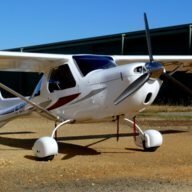
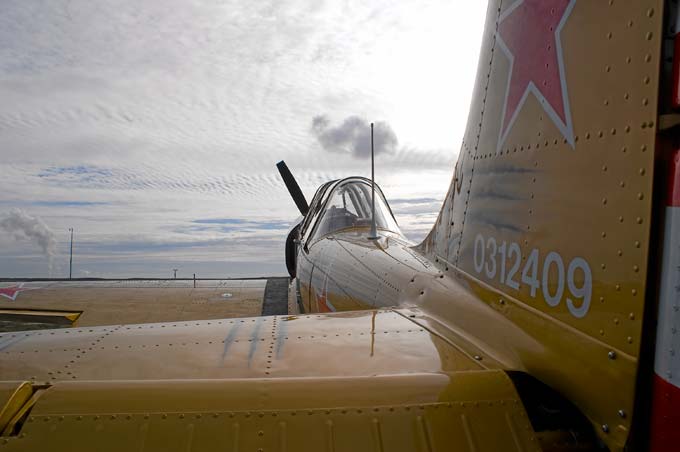
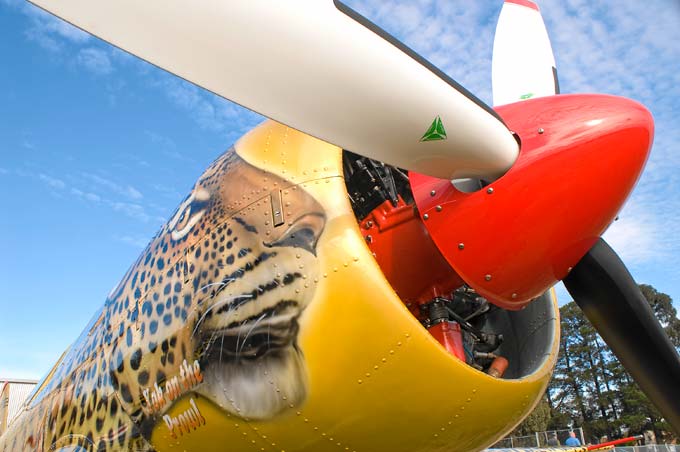
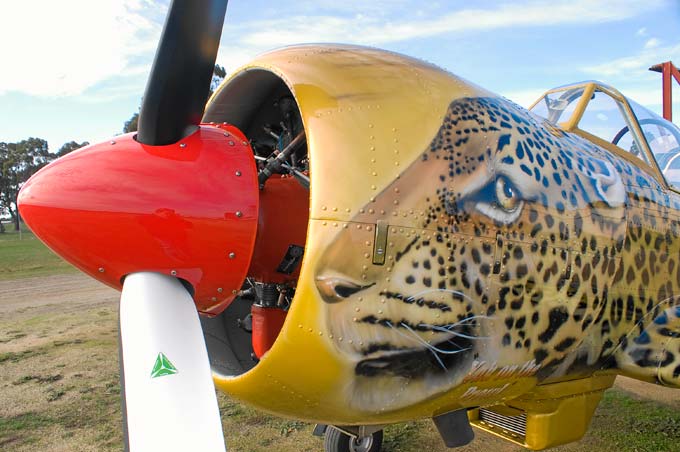
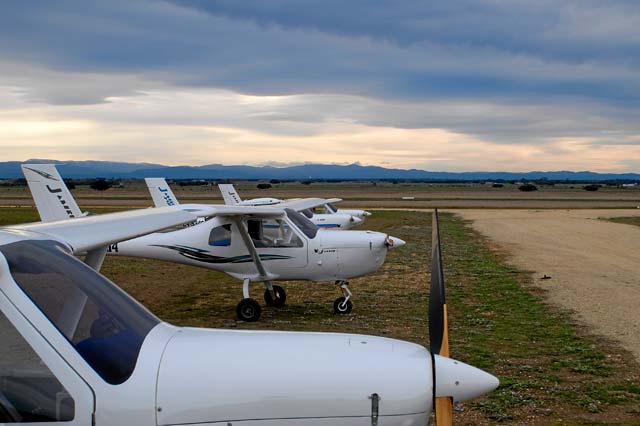
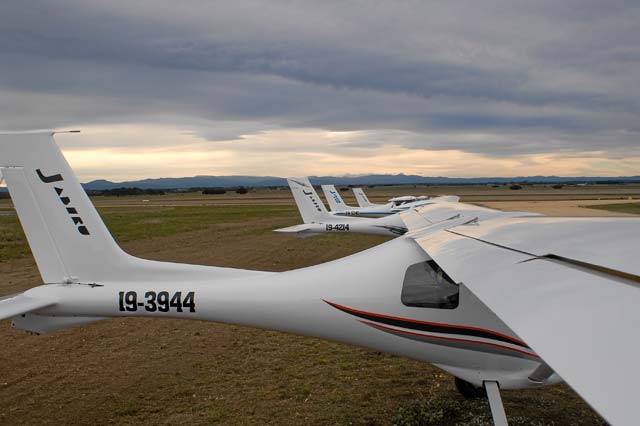
CASA - Draft Proposal for Jabiru Aircraft
in AUS/NZ General Discussion
Posted